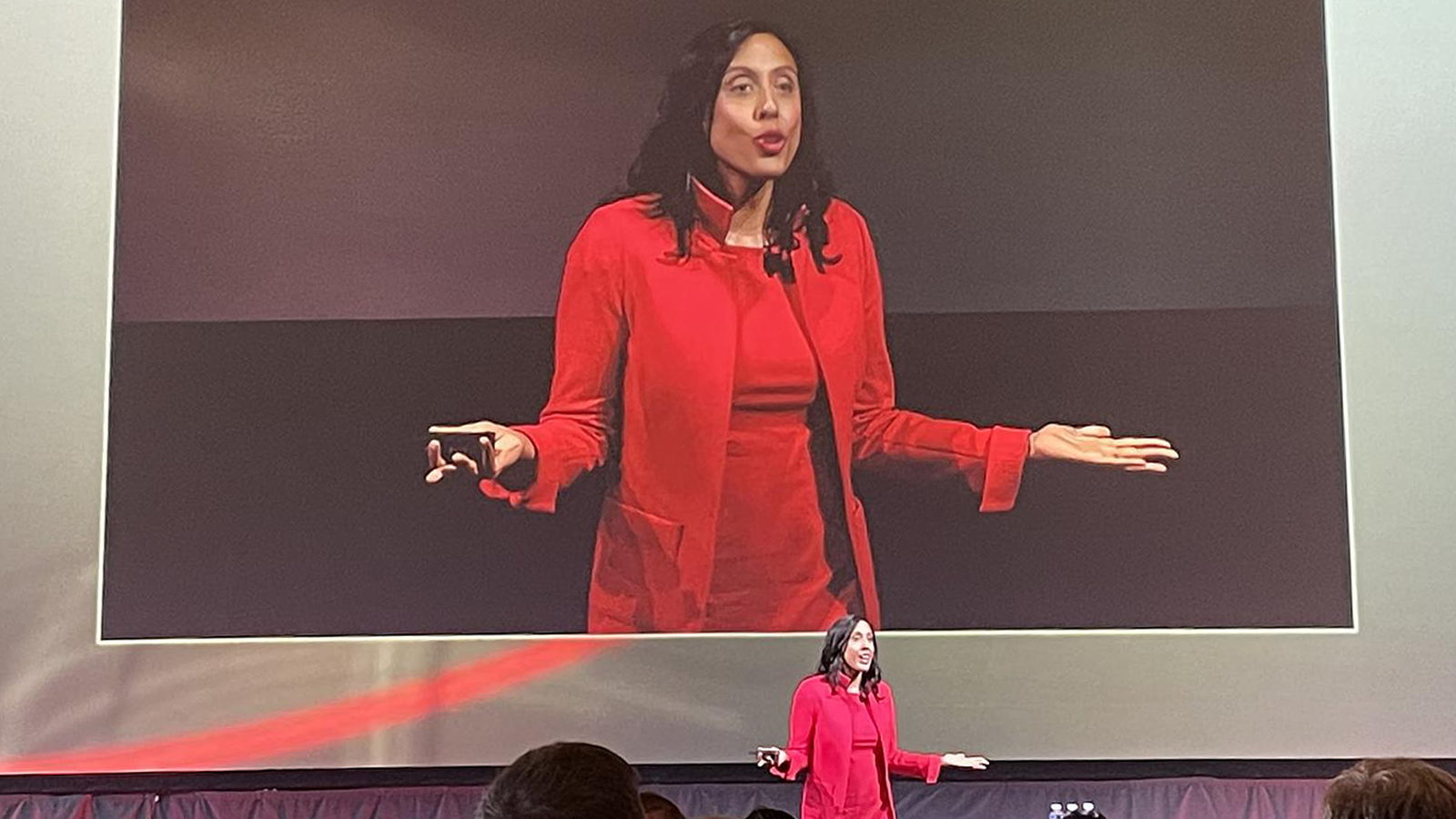Get Big Things Done.
It’s a book title that begs the question: How? Author and leadership expert Erica Dhawan says the key is learning to “combine knowledge, ambition and human capital, forging connections on a global scale that create unprecedented value and meaning.”
She calls it “connectional intelligence,” a potential game-changer in heavily digital – often hybrid – work environments. Dhawan’s four laws of connectional intelligence are:
- Value people visibly.
- Communicate carefully.
- Collaborate confidently.
- Trust totally.
“It’s the capability to unlock new and unrealized value by fully maximizing the power of networks and relationships,” she said at CSL’s recent Executive Leadership Summit.
When we use connectional intelligence, we engage our networks to collaborate in ways we have not done in the past, said Dhawan, author of several books, including “Get Big Things Done” and “Digital Body Language.”
Leaders can model connectional intelligence for their teams and make it part of the company’s culture. To build this skill, Dhawan encourages reflection on the question: “How will you get big things done for all those counting on your wisdom, creativity and heart?”
And given that a lot of communications will happen via email, messaging app or on a video call, pay extra attention to how your words and behaviors come across, she recommends in a toolkit for hybrid collaboration. Be astute about the culture and take care that small things – like your email greetings and salutations – match the business’s culture. Also know when to switch from email to another medium and avoid putting alarming words in the subject line like “Please call me.”
In video calls, be organized, come prepared with a defined purpose and consider appointing a facilitator to keep things on track, Dhawan said. Be conscious of the pacing and slow things down so everyone on the call has time to absorb what’s said and to respond thoughtfully, she said.
After a meeting, assess it honestly and make changes, if needed. A meeting should succeed on multiple fronts, she said, covering practical matters like “Were the correct people informed? And are they cascading the messages appropriately?”
Attention also should go to the social, trust-building side of the house. Open video meetings with some ice-breaking conversation to keep it human, Dhawan said. Be willing to ask this deeper question, too, about how people interact: “Do we give each other the benefit of the doubt when facing uncertainty?”



